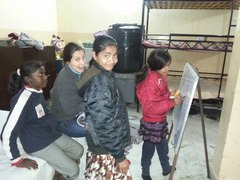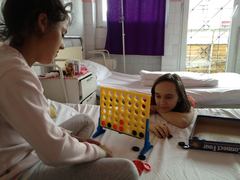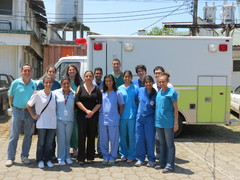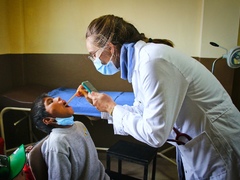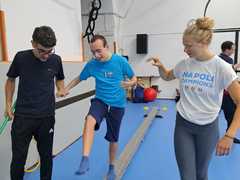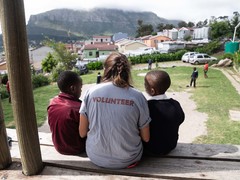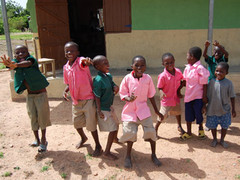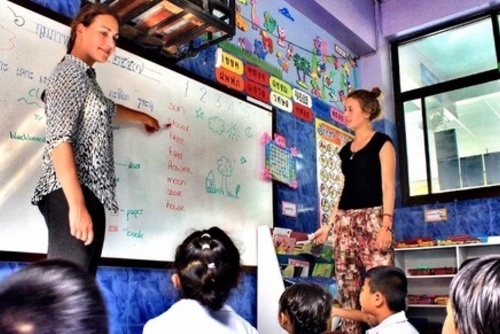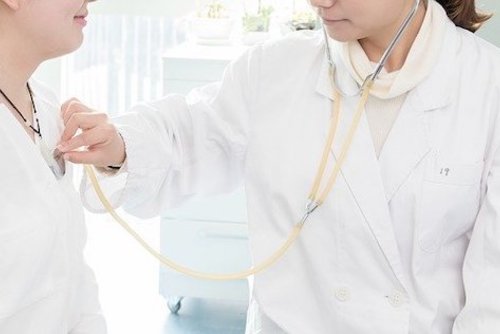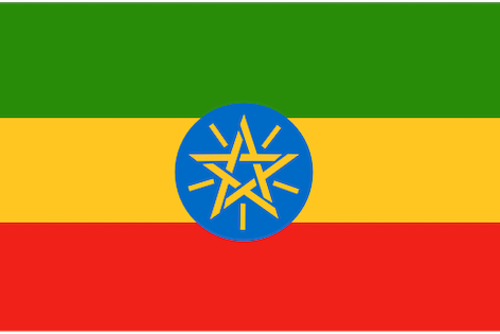Mission and Objectives:
OUR VISION: Contribute efforts towards a world free of HIV Infection.
MISSION STATEMENT: To prevent the further spread of HIV and mitigate personal, community impact of AIDS through provision of quality medical care, counseling and education to the infected and the affected; improve access to HIV treatment, care and support; and lessen the impact of HIV and AIDS, particularly among the most vulnerable and marginalized.
Our Philosophy:
Living with Hope and Dignity
Goals:
To build and strengthen the capacity of the community in HIV prevention and AIDS care so as to reduce the spread and reduce psycho-social effects brought by HIV/AIDS.
Goals are to: 1. To promote behavior change (including abstinence, being faithful, safer sexual practices and knowing one’s HIV status) among the sexually active population
2. To contribute towards the mitigation of the health effects of HIV/AIDS and improve the quality of life of PLHA by consolidating and scaling-up care, support and treatment services
3. To contribute to the mitigation of the social and economic effects of HIV/AIDS at individual, household and community level by providing support to PLHA and OVC
4. To strengthen SFHCS systems through capacity building in M&E as well as enhancing support and service functions of the program by:
a) Ensuring quality improvement of holistic care services as well as effective data management
b) Streamlining of reporting systems (targets vs. outputs) and information dissemination for advocacy and networking
c) Capacity building of SFHCS staff in the provision of services
d) Increased coordination of logistical and financial operations in order to ensure effective mobilization and utilization of available resources.
Programs and Activities:
1. Palliative care facility based clinic: it is a 7-day service offered to both HIV positive and negative persons in the community. For HIV positive persons, the clinical, laboratory and drug dispensing is offered free of charge as long as one is registered with institution. For the rest of the community members, they have to pay for all the services except those funded by the government.
Home based care: this is offered to all willing HIV positive clients registered with St. Francis. It’s also offered to elderly women and men (also known as the Jjajjas). The program runs 6 days a week with a route plan per day. The home care team consists of a clinician, nurse, counselor and driver. They carry with them a box of parenteral, injectable and intravenous drugs and some basic health care materials to offer the service free to the respective recipients.
Drug distribution: this is done for the anti-retroviral therapy (ART) program for clients who come from very distant places. They assemble in their communities once and receive the drugs and offer blood samples for annual and bi-annual checkups. field once a week – Fridays.
Health education: this is done twice a week both at the drug distribution points and at the health facility. The health talks are arranged by counselors who deliver various topics ranging from sexual health, disclosure, to income generation and will-making. In most cases, both health workers and peer educators are employed in delivering the health talks.
Adherence monitoring and data management: this is done collectively by all staff at the health facility. There is both an electronic and paper based adherence monitoring system. The adherence monitoring is done basing on the national healthy policy. This electronic management of adherence is still in its infancy and a lot of work is still to be done.
2. HIV prevention Facility based HCT: this is done with the consent of customers 7 days a week. A client has to go through a counseling session before and after the test is done. Sometimes, a clinician may request the laboratory to carry out this test for medical purposes. Also, the test is mandatory for pregnant women. In all these cases the testing is done free of charge. Community based VCT: both at the health facility and in community outreaches mobilized by a counselor and local civic leaders.
Drama teams of PHAs are employed to take part in the sensitization drives. Home-to-home HCT: this si done in partnership with the community health volunteers. They carry out the community mobilization in the community offering some form of pretest counseling. They then compile a list of people willing to test and inform the Counselor -mobilizer who then schedules an appointment with a lab technician to go and test. They then team up with the community health volunteer and go door to door, screening the willing and prepared clients.
Schools and corporate health education and HCT: this is done as a team effort consisting of many counselors (about 5) together with a lab technician. The mobilizer makes an appointment with the institution, then arranges the team. They have a health talk prior and during the voluntary and counseling sessions offering focus group discussion fora, feed back questions and comments from listeners.
3. Socio-economic support and livelihoods Grandmothers support program: this is an initiative to help grandmothers/elderly women infected and affected by HIV. They receive facility based and home based clinical services, funding for 2 of their orphans in treatment, school fees and educational support. They are mobilized into groups for increased self help activities starting with savings and loans association training and facilitation. Cooperative demonstration farm: this is one of the results of the mobilization efforts of the grandmothers.
They labored to clear and set up a farm planting crops and raring various animals. This was a result of visits to demonstration farms. The technology learnt there was brought to this farm and is being used as a focal point to transfer skills to their homes and to the homes of those who did not get the opportunity to visit the commercial demonstration farms. Peer group support initiatives (Village savings and loans associations): these initiatives are promoted not only among the elderly women but also among people having AIDS (PHAs).
They are supported in the formation of peer groups and trained in saving money as a first step. This money is there’s and helps to provide capital for small IGAs and loans for their personal emergencies. Some of the groups go ahead to register in the community and are supported by government grants and community development funds.
4. Child health and welfare School fees program: this is done through fundraising both by individuals and institutions. Currently, 240 children are being funded under the Stephen lewis foundation for primary education school fees nd provision of scholastic materials. There are other individuals sponsoring children’s education in various ways.
Child mentoring and counseling: this is done under a program called shadow-idol program. The children of the PHAs come to the health facility every weekend and are provided with breakfast and lunch. They attend life skill class, get medical check-ups and treatment free of charge and have ample playing time. There are counselors stationed at the centre to do routine counseling for the children. Many initiatives have been birthed from this group of at least 70 children per weekend.
Young positives- this is a unique group of children amongst the Shadow Idol members who acquired HIV in their infancy or were born with HIV. They meet separately once a week to discuss and share experiences as HIV positive children growing up in a secular and diverse world. Child rehabilitation centre: this is a partnership initiative with other organizations to take care of HIV positive children in stages III and IV of HIV.
The children are provided with a rehab home for at least 3 months, treated free of charge, and fed with health nutritious food while being monitored by a nurse and counselor. They are then helped to re-integrate into their homes and societies after recuperation from gross illness.
Maternal and Child Health.
St Francis Health care services, believes that systematic improvement of health services for pregnant women can save lives effectively in our rural settings. Since a majority of maternal deaths occur during and soon after delivery, that’s why many of our interventions have concentrated on Pre, ante, and post natal period as well as eMTCT.
The maternal and child health program started at St Francis in 2006 after realizing a huge gap that was existing in the elimination of Mother to Child Transformation of HIV (eMTCT) and the continuum of care for the maternal, new born and child care within our communities. our fully fledged maternity is open for the mothers in the community to check in at any day of the week and we have beefed this up by doing community outreaches targeting the mothers in the hard to reach areas and in this way we have we have realized so many lives mothers and new borns saved.
In the same way the eMTCT program which aims to remove the risk of transmission of HIV from the mother to her baby been able to identify and offer treatment therapy to the HIV positive mothers in the communities.




